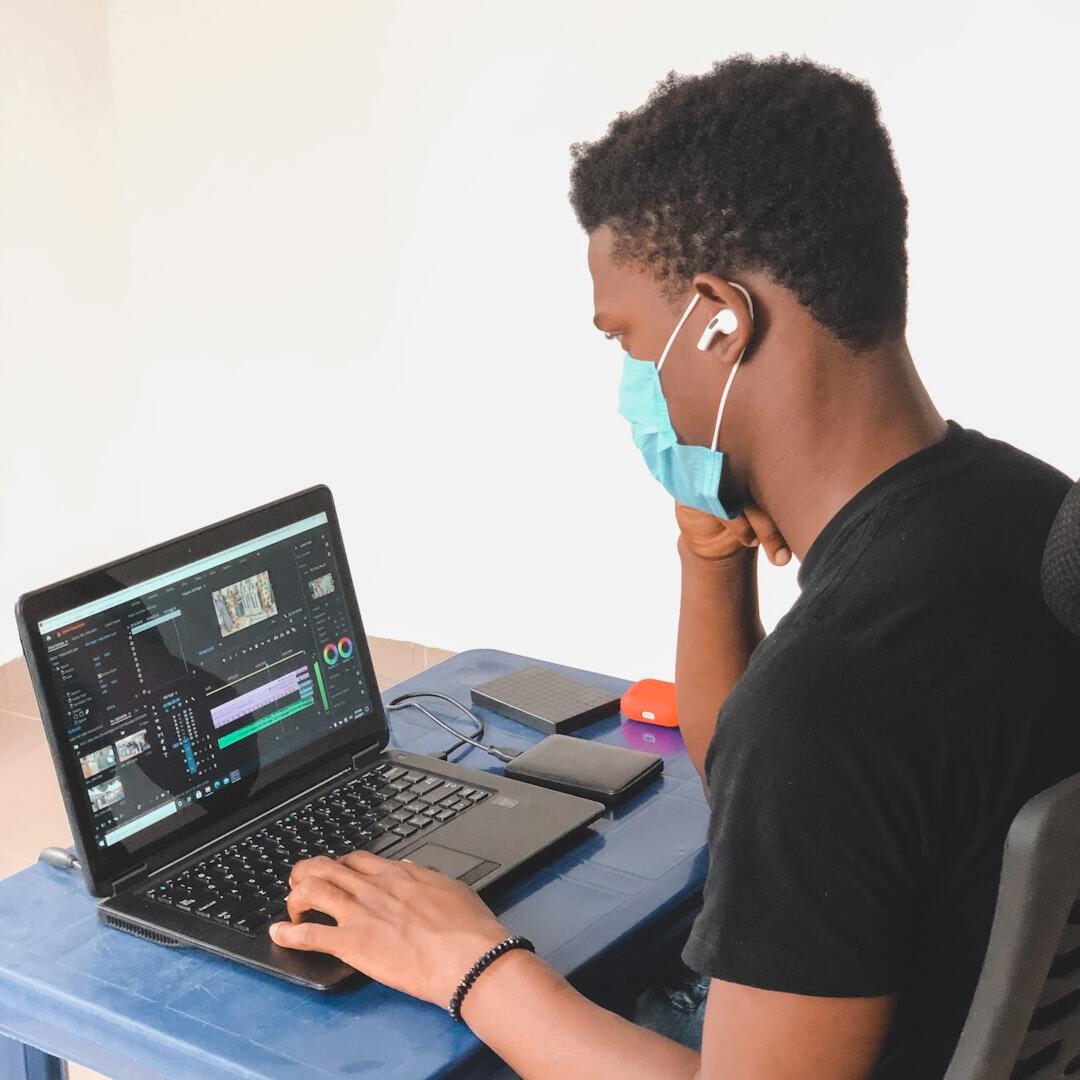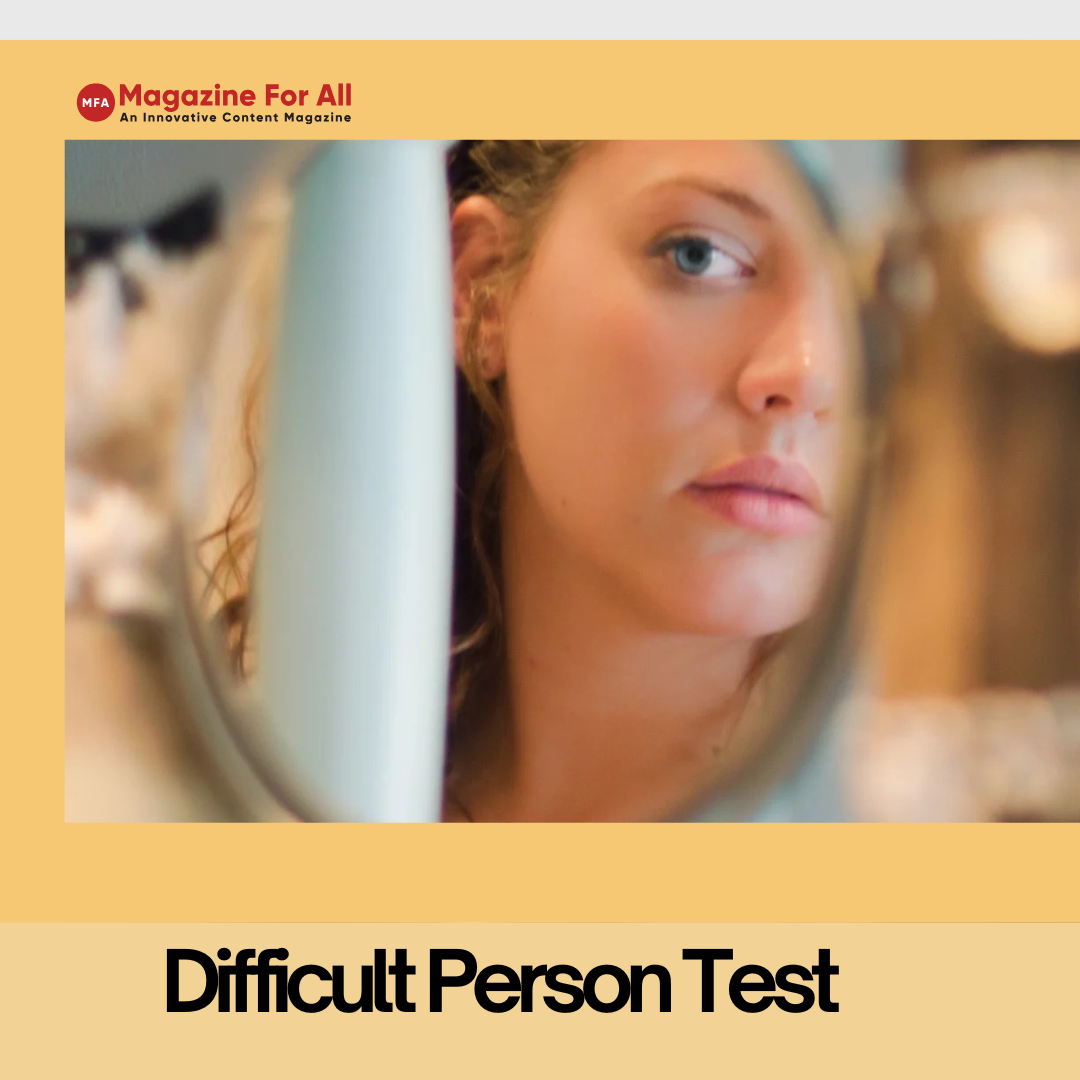Inclusive living is about making sure that every person feels valued and respected. It means creating spaces where people of all ages, backgrounds, and abilities can thrive.
Communities that practice inclusivity allow people to connect, share experiences, and support each other. This approach benefits not only individuals but also society as a whole.
Table of Contents
Understanding Inclusivity in Daily Life
Inclusivity begins with small actions that make a big difference. It can mean designing buildings that are accessible to people with mobility challenges.
It can also involve respecting different cultures, languages, and lifestyles. Schools, workplaces, and neighborhoods all play a role in encouraging inclusive values.
When everyone feels welcome, they are more likely to participate and contribute. Inclusivity in daily life builds stronger bonds and reduces feelings of isolation.
Social Connections and Community Engagement
An inclusive community offers ways for people to connect socially. Events and programs are created with everyone in mind, regardless of age or ability.
For example, activities like neighborhood gatherings, holiday celebrations, or group classes help bring people together. Some communities even organize special fourth of July events for seniors to ensure that older adults feel included.
These efforts show that inclusivity is not just about accessibility but also about meaningful participation. Social connections give people a sense of belonging and improve overall well-being.
Accessibility and Equal Opportunities
Accessibility is at the heart of inclusivity. People need to have equal access to resources, services, and opportunities. This includes transportation systems with ramps, public spaces with clear signage, and technology that supports people with hearing or vision needs.
Equal opportunities also extend to education and employment. When barriers are removed, individuals can fully participate in society. Accessible environments not only help those with specific needs but also make life easier for everyone.
Promoting Diversity and Acceptance
Inclusivity is closely linked to diversity. It means embracing differences in culture, language, religion, age, and ability. An inclusive society does not just tolerate diversity; it celebrates it.
By learning from one another, people gain new perspectives and grow in understanding. Acceptance builds trust and harmony within communities.
Schools that teach cultural awareness, workplaces that celebrate diversity, and neighborhoods that support people from different backgrounds are all examples of how inclusivity can thrive.
The Role of Support and Care
Support services play an important role in inclusive living. This can mean offering care for seniors, providing resources for people with disabilities, or giving guidance to families in need.
Trained staff, volunteers, and caregivers often help create environments where no one feels left out. Emotional support is just as important as physical assistance.
When people know that help is available, they feel safer and more confident. Supportive communities are better able to meet the needs of every individual.
Plan an Inclusive Community Event Now
Inclusive living is about more than access. It is about building communities where people feel connected, respected, and valued. By focusing on accessibility, diversity, and support, societies can create meaningful change.
Inclusivity makes life better not just for individuals but for everyone. Strong, caring communities that embrace inclusivity will continue to grow and thrive, offering opportunities for all people to live with dignity and joy.
Visit our blog for more!










































































